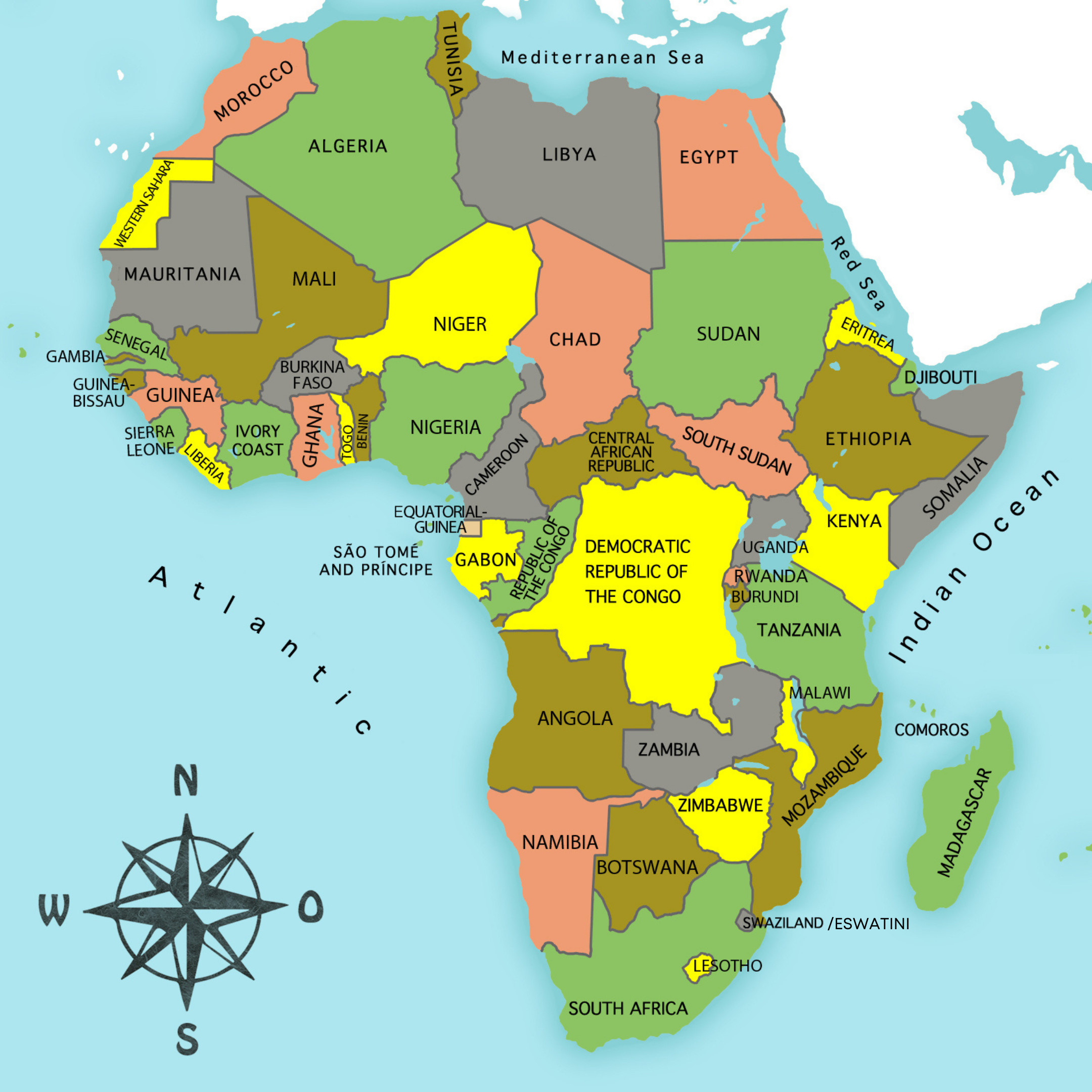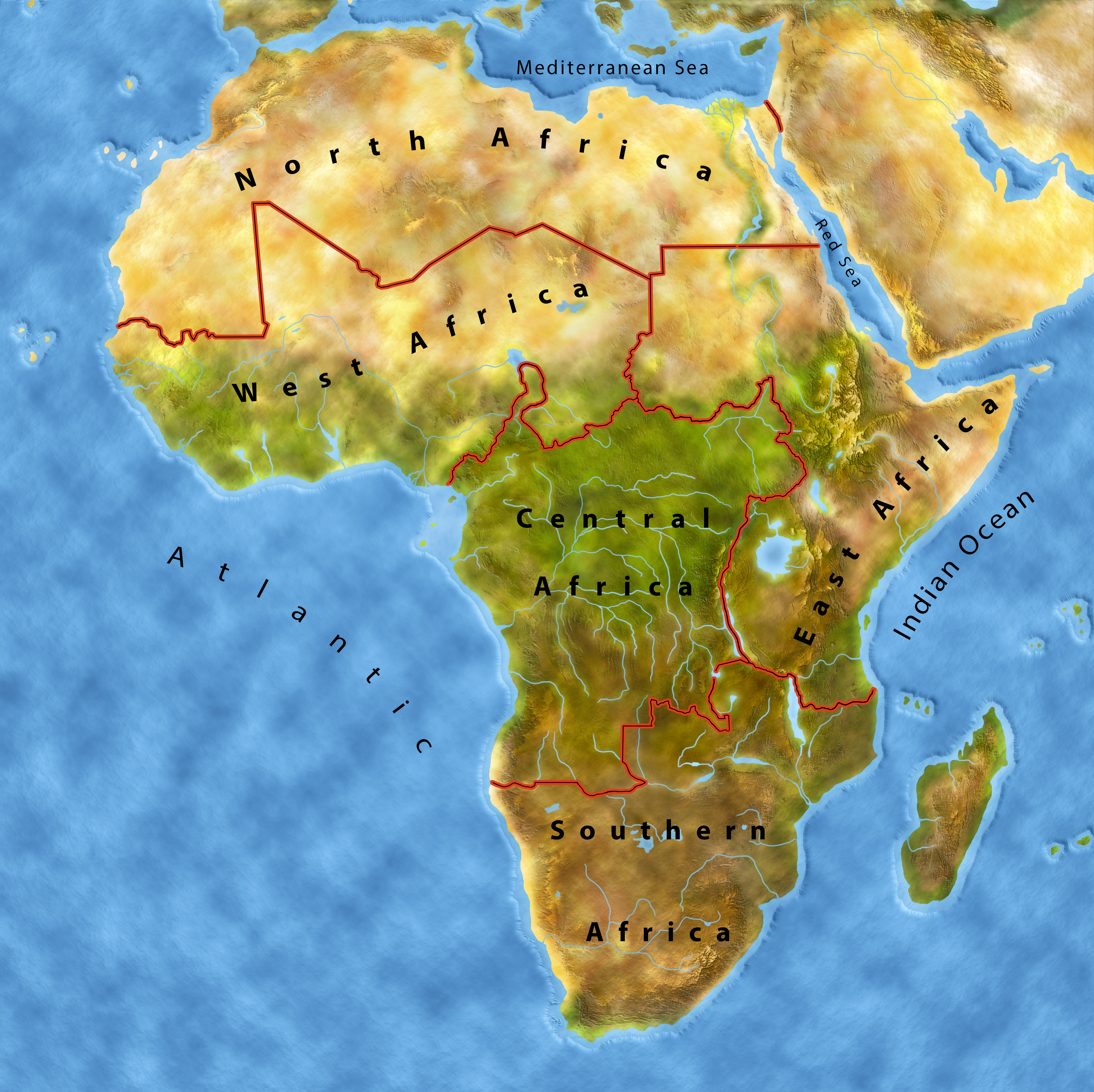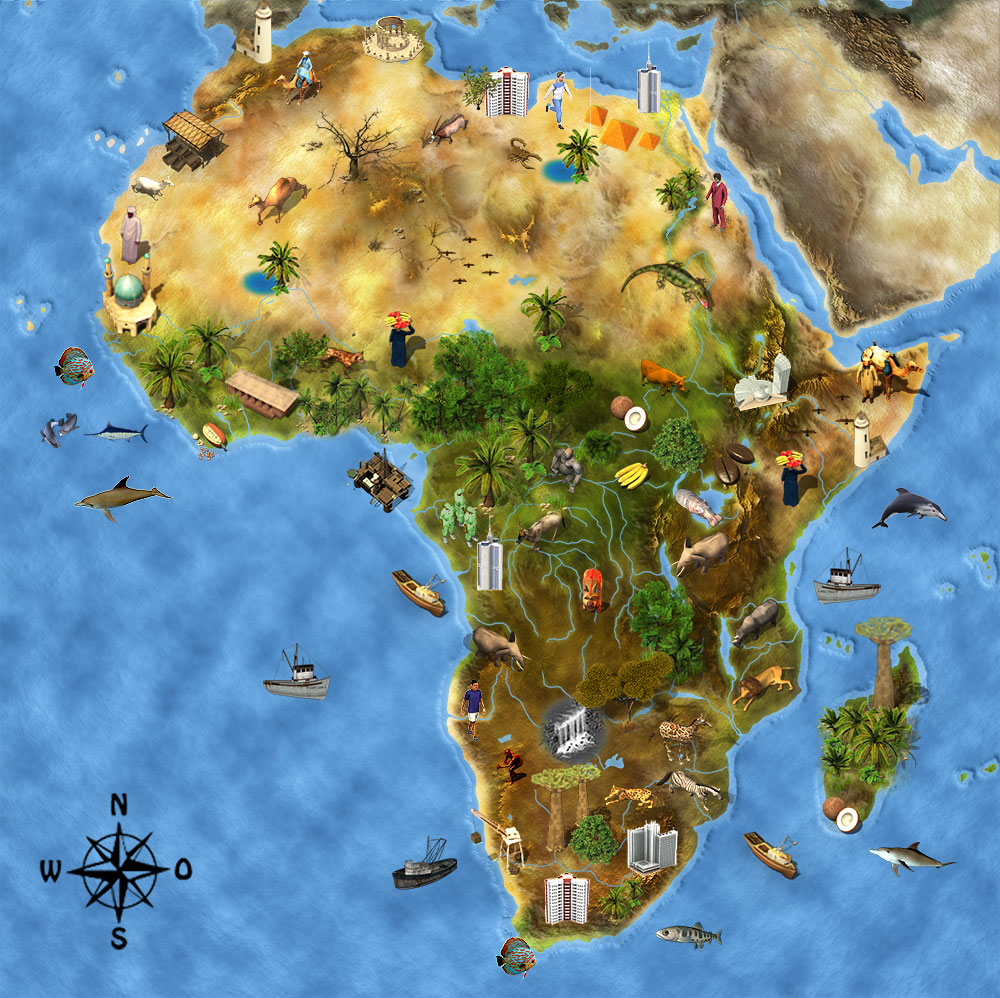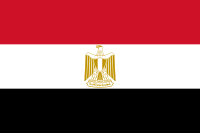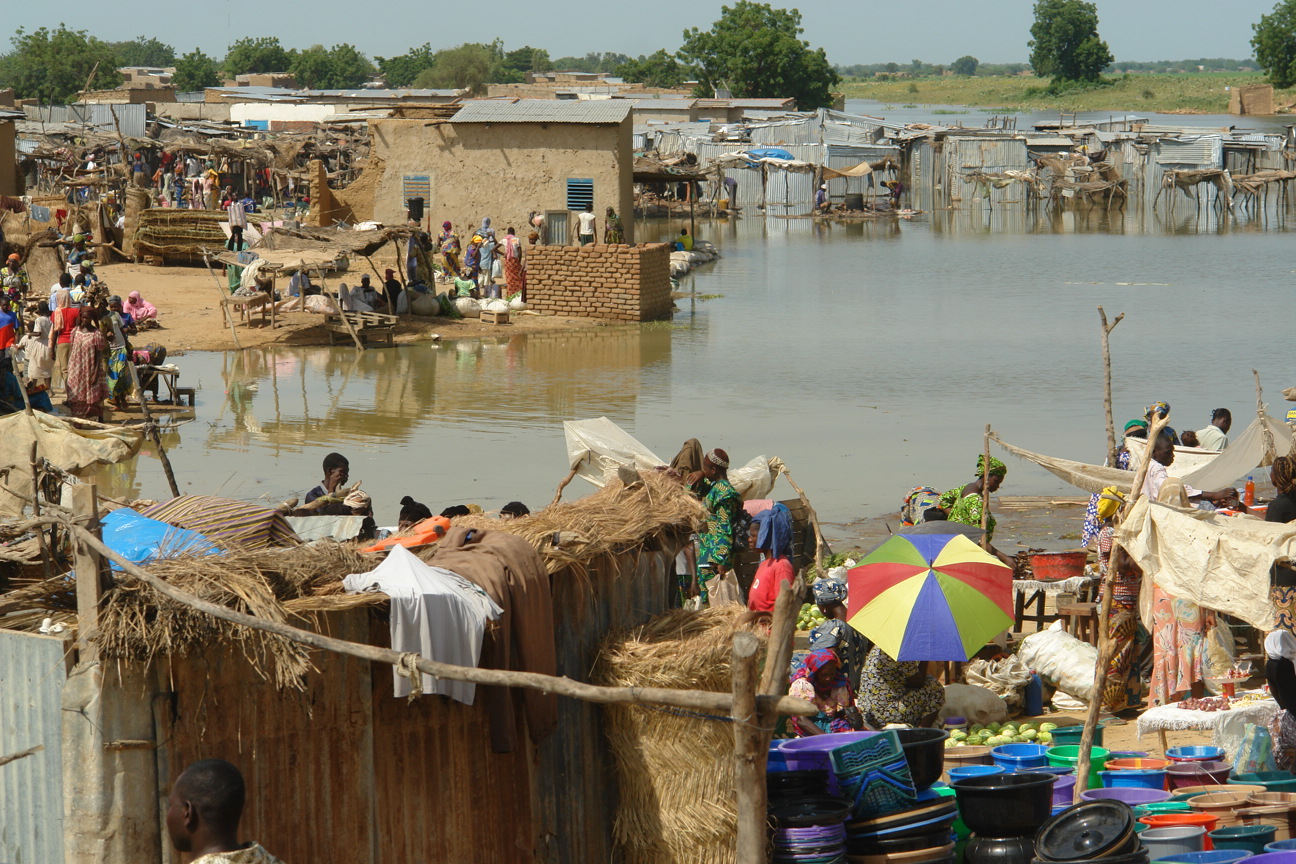Marhaban, welcome to Chad in the heart of North Africa!
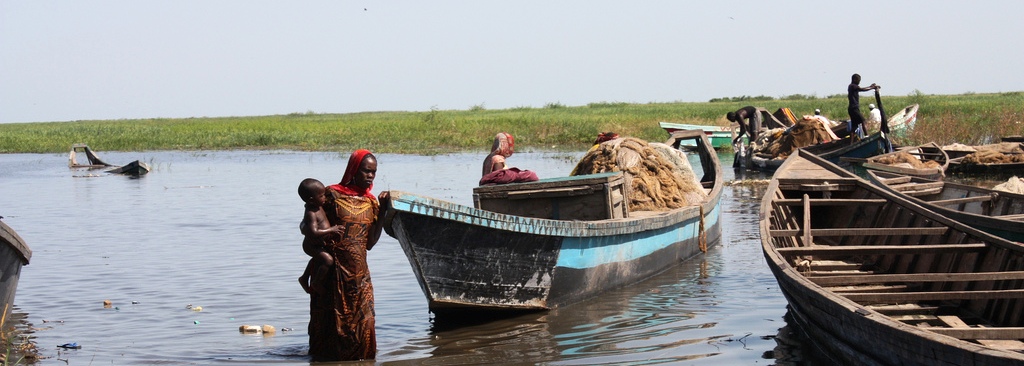
Chad is located in North Africa and stretches into the center of the continent. Chad has no direct access to the ocean. It is located on the shores of the Lake Chad, which provides the peoples with fresh water and fish. Chad is surrounded by six countries: Libya, Sudan, the Central African Republic, Cameroon, Niger, and Nigeria.
For comparison: Chad is almost four times as large as Germany.
Landscapes
Chad has three different types of landscapes. Its northern part consists of the Sahara Desert. The desert in Chad is crossed by the Tibesti, the highest mountain range of the Sahara. The mountains are surrounded by desert and belong to the most remote areas on Earth. The Emi Koussi is the highest mountain in the Tibesti reaching a height of 3 415 meters. In the center of the country the desert turns into the Sahel Zone with briar and dry savannahs. A lush savannah stretches out in Chad’s southern part. 
The landscapes are depicted within Chad’s colorful flag as well. The blue stripe is a symbol for the southern part of the country and the blue sky which stands for hope. The yellow stripe stands for the desert and the sun. The red stripe symbolizes the inhabitants of Chad and their willingness to sacrifice themselves for their country.
Lake Chad
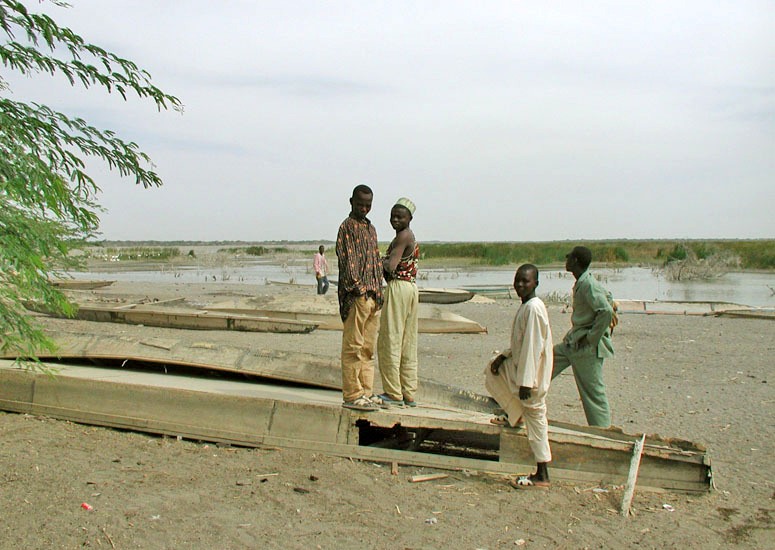 The country is named after the huge Lake Chad. It is located on the southern edge of the Sahara Desert and is very important for the desert peoples. The lake is only supplied by the Chari River and has no other sources and no drainage. This is why it is also called an inland-lake or a lough. Depending on if it rains a lot or not at all its size and the location of its coasts are constantly changing. At its deepest part the lake is only around two meters deep. Due to many droughts the lake has shrunk quite a bit in the last five decades. Nevertheless, many fish live in it. Around 200 different species of fish were counted last. The coasts are inhabited by Nile crocodiles, hippos, snakes, and guenons.
The country is named after the huge Lake Chad. It is located on the southern edge of the Sahara Desert and is very important for the desert peoples. The lake is only supplied by the Chari River and has no other sources and no drainage. This is why it is also called an inland-lake or a lough. Depending on if it rains a lot or not at all its size and the location of its coasts are constantly changing. At its deepest part the lake is only around two meters deep. Due to many droughts the lake has shrunk quite a bit in the last five decades. Nevertheless, many fish live in it. Around 200 different species of fish were counted last. The coasts are inhabited by Nile crocodiles, hippos, snakes, and guenons.
Animal Kingdom
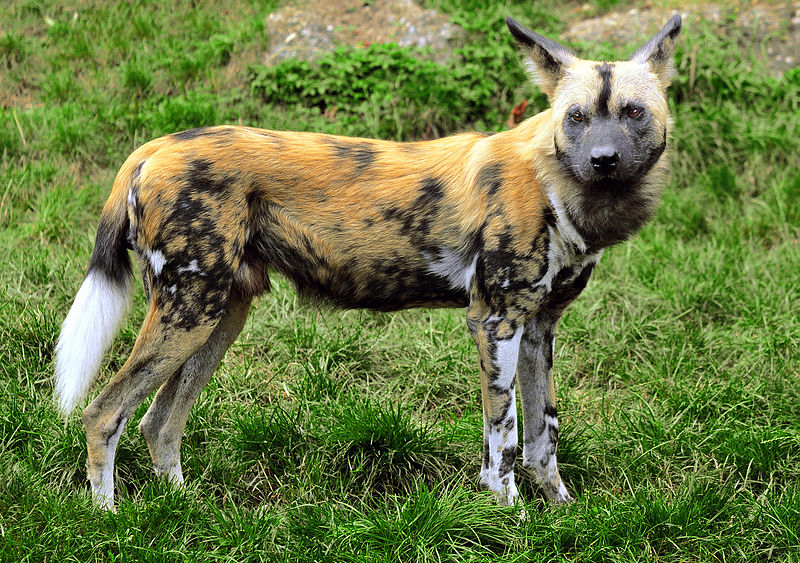 The wetlands of Lake Chad belong to the most important winter quarters for European migratory birds. Some of the bird species only stop by here for a short rest and then continue their journey all the way to Central Africa. In the Tibesti mountain range you can observe gazelles, birds, and snakes. Elands, Nile crocodiles, savannah monitors, baboons, and hyenas inhabit the semi-deserts. The rare African wild dog looks like a mix of hyena, jackal, and our house dog. It wanders between the steppe and the semi-deserts. In the southern part of Chad, you will find savannah animals such as elephants, lions, cheetahs, and giraffes.
The wetlands of Lake Chad belong to the most important winter quarters for European migratory birds. Some of the bird species only stop by here for a short rest and then continue their journey all the way to Central Africa. In the Tibesti mountain range you can observe gazelles, birds, and snakes. Elands, Nile crocodiles, savannah monitors, baboons, and hyenas inhabit the semi-deserts. The rare African wild dog looks like a mix of hyena, jackal, and our house dog. It wanders between the steppe and the semi-deserts. In the southern part of Chad, you will find savannah animals such as elephants, lions, cheetahs, and giraffes.
![]() More on the animals of the Sahel
More on the animals of the Sahel
Did you know? Chad is home to one of the largest nature reserves of the continent. With around 80 000 square kilometers the Ouadi Rimé-Ouadi Achim is almost as large as Switzerland.
N’Djamena – the Capital of Chad
N’Djamena is located at the meeting place of the Chari and Logone, not far from Lake Chad. The city was founded at the beginning of the French colonial reign. It functioned as an administrative center for the French colonial power. The fort quickly developed into a modern city. You can still see the colonial building-style in the city center. Modern skyscrapers have been built next to the city center with luxurious hotels and banks. The countless mosques and Catholic churches remind of the long foreign reign of Islamic and later European powers. Slums have developed on the outskirts. More than 1.5 million people live in the city today. N’Djamena has a national museum in which the remains of the old Sao peoples are on display.
Peoples and Languages
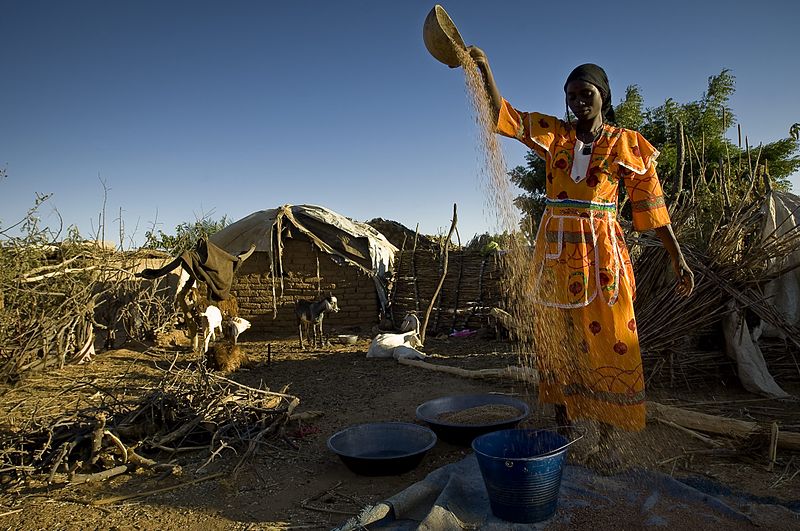
Chad is a multi-ethnic state. The Tubbu are pastoral peoples who live in the rough Tibesti mountain range. They are one of 200 peoples in Chad. The largest group of peoples are the Sara. They live in the south and are mostly farmers. The Chadians in the north are primarily of Islamic belief. The Chadians in the south are primarily Christians. Most of them have kept their traditional African religion as well. The two official languages are French and Arabic. Many peoples speak their African languages and tend to their old traditions.
No Playgrounds for Children
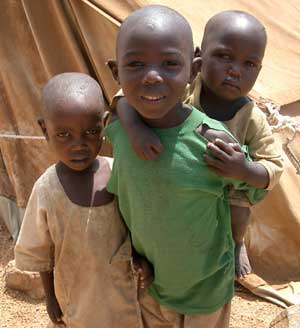 There is simply not enough money for playgrounds in Chad. Nevertheless, the children are very resourceful. They make puppets and balls out of paper and shreds of clothing. Board games such as mill or mancala are very popular because you can play them in the sand. You don’t even need figures or marbles; dried beans are more than enough. The children climb on trees or compete in small swimming competitions in the rivers. This often leads to dangerous accidents. Most of the boys play soccer and are fans of the soccer clubs.
There is simply not enough money for playgrounds in Chad. Nevertheless, the children are very resourceful. They make puppets and balls out of paper and shreds of clothing. Board games such as mill or mancala are very popular because you can play them in the sand. You don’t even need figures or marbles; dried beans are more than enough. The children climb on trees or compete in small swimming competitions in the rivers. This often leads to dangerous accidents. Most of the boys play soccer and are fans of the soccer clubs.
Did you know? The national soccer team of Chad is also named Sao, after the old peoples who created the first early civilization on Lake Chad.
Schools and Education
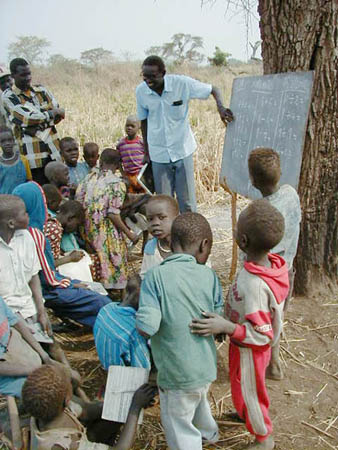 The public schools in Chad require tuition fees. This is very hard for most of the parents. They only live off of the things they plant on their fields, not much is left over at the end of the month. The parents know how important education is for their children. This is why many rural areas have implemented “parent committees”. Together they finance their children’s education. The more affluent parents send their children to private schools. In the south of Chad most private schools are Catholic. In the north there are many Koran schools, only boys are allowed to attend though. A hurdle for many children is the classroom language. They grow up with their African language but classes are taught in French or Arabic. This is not easy for abecedarians. Many children experience their first day of school but only a few are able to graduate. Girls often leave school early because they have to help out at home or on their parents’ fields. Boys attend school longer but even they often do not finish elementary school. The government has done a lot for the education system in the last few decades but more needs to be done so that all children can enjoy good schooling.
The public schools in Chad require tuition fees. This is very hard for most of the parents. They only live off of the things they plant on their fields, not much is left over at the end of the month. The parents know how important education is for their children. This is why many rural areas have implemented “parent committees”. Together they finance their children’s education. The more affluent parents send their children to private schools. In the south of Chad most private schools are Catholic. In the north there are many Koran schools, only boys are allowed to attend though. A hurdle for many children is the classroom language. They grow up with their African language but classes are taught in French or Arabic. This is not easy for abecedarians. Many children experience their first day of school but only a few are able to graduate. Girls often leave school early because they have to help out at home or on their parents’ fields. Boys attend school longer but even they often do not finish elementary school. The government has done a lot for the education system in the last few decades but more needs to be done so that all children can enjoy good schooling.
Economy and Natural Resources
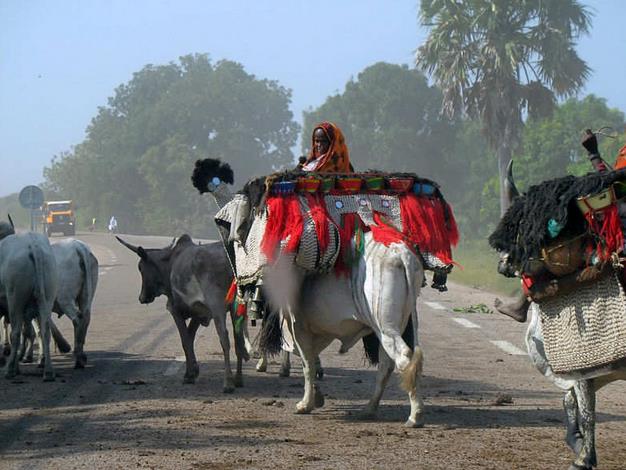 Chad is rich in natural resources. Most of the population is poor. Many live off of agriculture. They plant peanuts, grains, vegetables, rice, tobacco, and cotton. On Lake Chad many people fish for a living. Around Lake Chad pastoral folks have pasture spaces for their cows. Not all families can survive on this though. Since Chad is haunted by droughts quite often the inhabitants rely on food supplies from foreign countries. A large part of the countries profits come from the exports of oil which is primarily extracted in the southern part of the country. The oil is transported to the coast of Cameroon in pipelines. The earnings from the oil industry mainly profit the foreign oil companies and the government of Chad. The majority of the average population unfortunately does not profit from the riches.
Chad is rich in natural resources. Most of the population is poor. Many live off of agriculture. They plant peanuts, grains, vegetables, rice, tobacco, and cotton. On Lake Chad many people fish for a living. Around Lake Chad pastoral folks have pasture spaces for their cows. Not all families can survive on this though. Since Chad is haunted by droughts quite often the inhabitants rely on food supplies from foreign countries. A large part of the countries profits come from the exports of oil which is primarily extracted in the southern part of the country. The oil is transported to the coast of Cameroon in pipelines. The earnings from the oil industry mainly profit the foreign oil companies and the government of Chad. The majority of the average population unfortunately does not profit from the riches.
Attractions
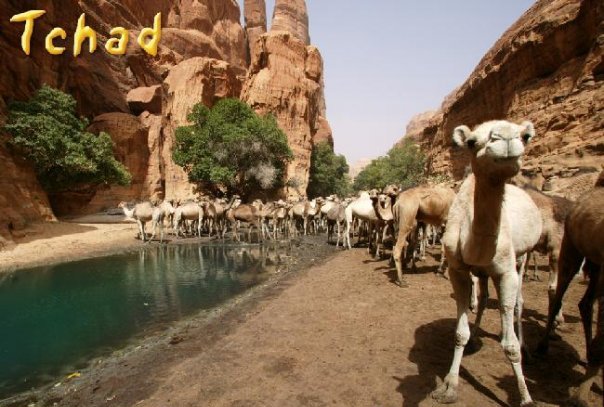 Chad has some interesting attractions to offer. In the national museum in N’Djamena you can inspect the remains of the old Sao culture such as magnificent terracotta figures and large urns in which the dead were buried. The Sao culture was brought into the country by immigrants from the frontal Orient. The wild nature in Chad attracts explorers and adventurers. Most explore the Tibesti mountain range and visit the cave painting which were created by hunting peoples thousands of years ago.
Chad has some interesting attractions to offer. In the national museum in N’Djamena you can inspect the remains of the old Sao culture such as magnificent terracotta figures and large urns in which the dead were buried. The Sao culture was brought into the country by immigrants from the frontal Orient. The wild nature in Chad attracts explorers and adventurers. Most explore the Tibesti mountain range and visit the cave painting which were created by hunting peoples thousands of years ago.
The History
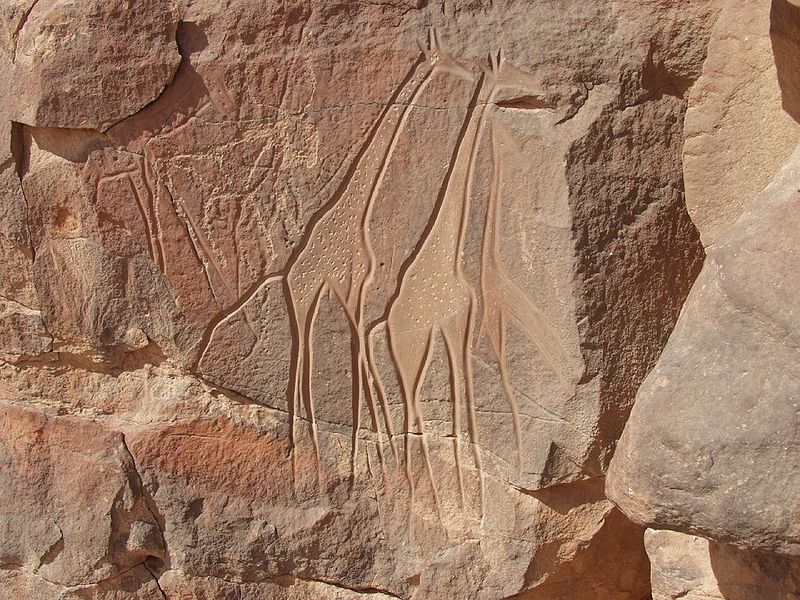 The cave paintings in the Tibesti mountain range prove that hunting peoples had settled in Chad in the early times. They also prove that the area used to be more humid and fertile than today. As you can see on the cave painting to the left even giraffes used to live here. Even in prehistoric times there were a series of settlements near Lake Chad. West of Lake Chad lies Zilum, an archeological place of discovery. The urban cultures here lasted all the way into the first millennium before Christ. Around 2500 years ago the first iron tools were made here. Immigrants from Palestine had brought the culture of iron processing to Lake Chad. Later in time, mighty Islamic empires arose near Lake Chad.
The cave paintings in the Tibesti mountain range prove that hunting peoples had settled in Chad in the early times. They also prove that the area used to be more humid and fertile than today. As you can see on the cave painting to the left even giraffes used to live here. Even in prehistoric times there were a series of settlements near Lake Chad. West of Lake Chad lies Zilum, an archeological place of discovery. The urban cultures here lasted all the way into the first millennium before Christ. Around 2500 years ago the first iron tools were made here. Immigrants from Palestine had brought the culture of iron processing to Lake Chad. Later in time, mighty Islamic empires arose near Lake Chad.
Chad Today
 Chad is a presidential republic. There are free elections and a multi-party system. The president Idriss Déby has lots of power and rules in an authoritarian style, though. The freedom of press is limited and political opponents are bullied. The education and health care system are not very well developed. More than half of all children in Chad have to work so as to increase the income of their families. Most work on fields, do chores at home, or help out on the markets. Since oil was found, Chad is not viewed as a poor country anymore. The earnings from the oil business would be enough to ensure a better education for all children.
Chad is a presidential republic. There are free elections and a multi-party system. The president Idriss Déby has lots of power and rules in an authoritarian style, though. The freedom of press is limited and political opponents are bullied. The education and health care system are not very well developed. More than half of all children in Chad have to work so as to increase the income of their families. Most work on fields, do chores at home, or help out on the markets. Since oil was found, Chad is not viewed as a poor country anymore. The earnings from the oil business would be enough to ensure a better education for all children.


